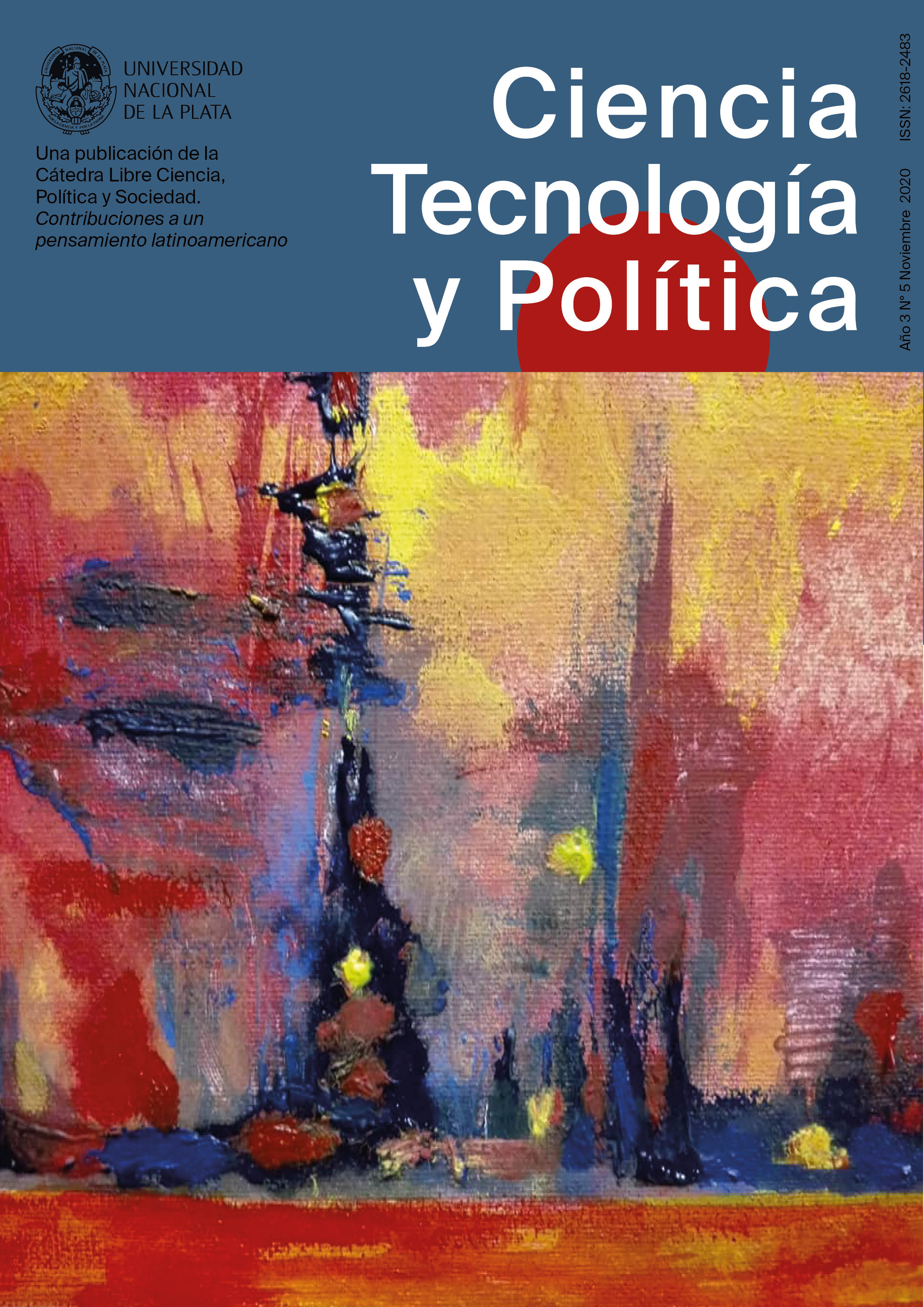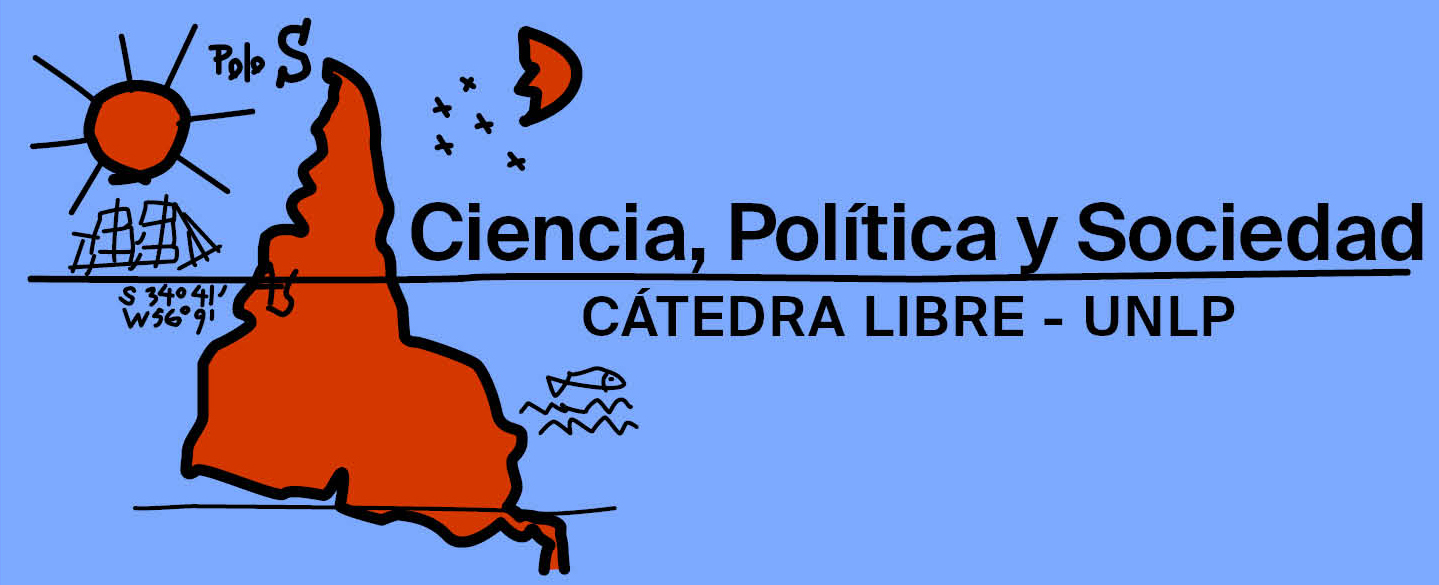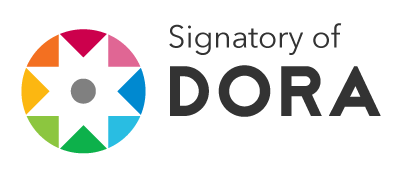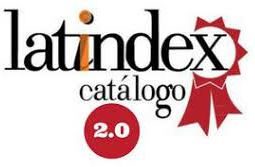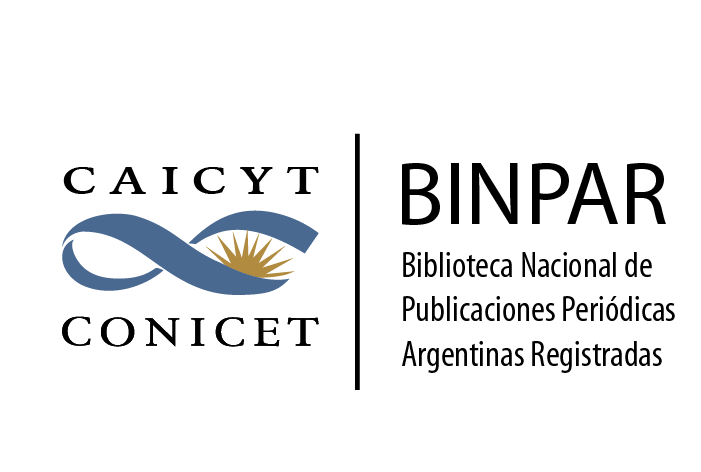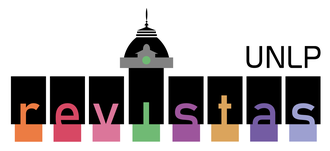Substituting the future
Public Procurement of Technology for Innovation
DOI:
https://doi.org/10.24215/26183188e045Keywords:
ACUMAR, Innovation, State, Public Management, public purchases, future, Matanza Riachuelo Basin AuthorityAbstract
The mechanism of public purchases of technology as a tool of the State for economic development and its possibilities as a promotion for innovation are discussed. The classic public procurement model is analyzed and it is proposed to promote the Public Procurement of Technologies for Innovation, as a valid, successful and useful strategy for national development. It is a mechanism that is established when a public entity approves an order for a product or system that does not exist at the time, which requires the development of new or improved technology in order to meet the requirements demanded by the buyer. For its implementation, the need to establish specific regulations to achieve the promotion of this type of initiatives from different levels of the State is discussed. The opportunities provided by public management itself are also analyzed, and some examples that are being developed during the current management of the Matanza Riachuelo Basin Authority (ACUMAR) are presented.
Downloads
Metrics
References
Castro, L., Straface, F., Fiorett, P. y Garrido, Ml. (2011). La Economía Política de los Sistemas de Compras Públicas. El caso de la Provincia de Buenos Aires. Centro de Implementación de Políticas Públicas para la Equidad y el Crecimiento. Argentina. OMC FLACSO.
Comisión Europea (2018). Orientaciones sobre la contratación pública en materia de innovación. Recuperado de: https://ec.europa.eu/transparency/regdoc/rep/3/2018/ES/C-2018-3051-F1-ES-MAIN-PART-1.PDF.
Comisión de Innovación, Ciencia y Tecnología (2019). El conocimiento Científico Tecnológico y el Desarrollo Nacional. Instituto Antonio Cafiero. Recuperado de: https://www.unsam.edu.ar/tss/wp-content/uploads/2019/03/CyT-Inst-Cafiero-El-conocimiento-Cient-Tecnol-y-el-Desarrollo-Nacional.pdf.
Comotto, S. y Meza, A. (2015). Marcos regulatorios para la innovación: compras públicas. Buenos Aires. Centro Interdisciplinario de Estudios en Ciencia Tecnología e Innovación. Ministerio de Ciencia, Tecnología e Innovación Productiva.
De Alto, B. (2013). Autonomía Tecnológica. La audacia de la División Electrónica de Fate. Buenos Aires: Editorial
Ciccus.
Ferrer, Aldo. (2014). El empresario argentino. Buenos Aires. Capital Intelectual.
Fundación Plataforma Tecnológica Española de la Construcción (PTEC) (2012). Compra pública de tecnología innovadora. Algunos ejemplos del sector de construcción.
Gil Abinader, L. (2012). Compras Públicas e Innovación: Coordinación y Competencia. Argentina: OMC FLACSO.
Ulloa, A. (2006). El mercado público y los acuerdos comerciales, un análisis económico. Santiago de Chile: CEPAL.
Sabato, J. (1983). Propuesta de política y organización en Ciencia y Tecnología. Ciencia, Tecnología y Desarrollo. Buenos Aires: Unión Cívica Radical.
Schteingart, D. (2017). No somos un país de mierda. Datos contra el sentido común. Revista Anfibia. Recuperado de: http://revistaanfibia.com/ensayo/no-somos-pais-de-mierda/.
Published
How to Cite
Issue
Section
License
The authors whose texts are published in this Journal surrender their ownership rights in favour of the editor in a non exclusive manner, i.e. the authors can enter into other independent and additional contracts to publish their text, e.g. including it in an institutional repository, thematic or otherwise, publish it in a book, or others, as long as it is overtly stated that the work was first published in this Journal.
The responsibility for each published paper as regards its content relies exclusively on its authors, holding the editors harmless for any legal liabilities.
The texts of the Journal shall be published under the Creative Commons 4.0 BY-NC-SA license. Therefore, the editors are free to:
1) Share, copy and redistribute the material using any means or format.
2) Adapt, remix, transform and create from the material, under the following conditions:
a) Attribution — credit to this work must be given in an appropriate manner, providing a link to the license and indicating if changes have been made.
b) Non-Commercial Use — no use may be made of the published material for commercial purposes.
c) Share Equal — Authors remixing, transforming or creating from the material must distribute their contribution under the same license as the original.

